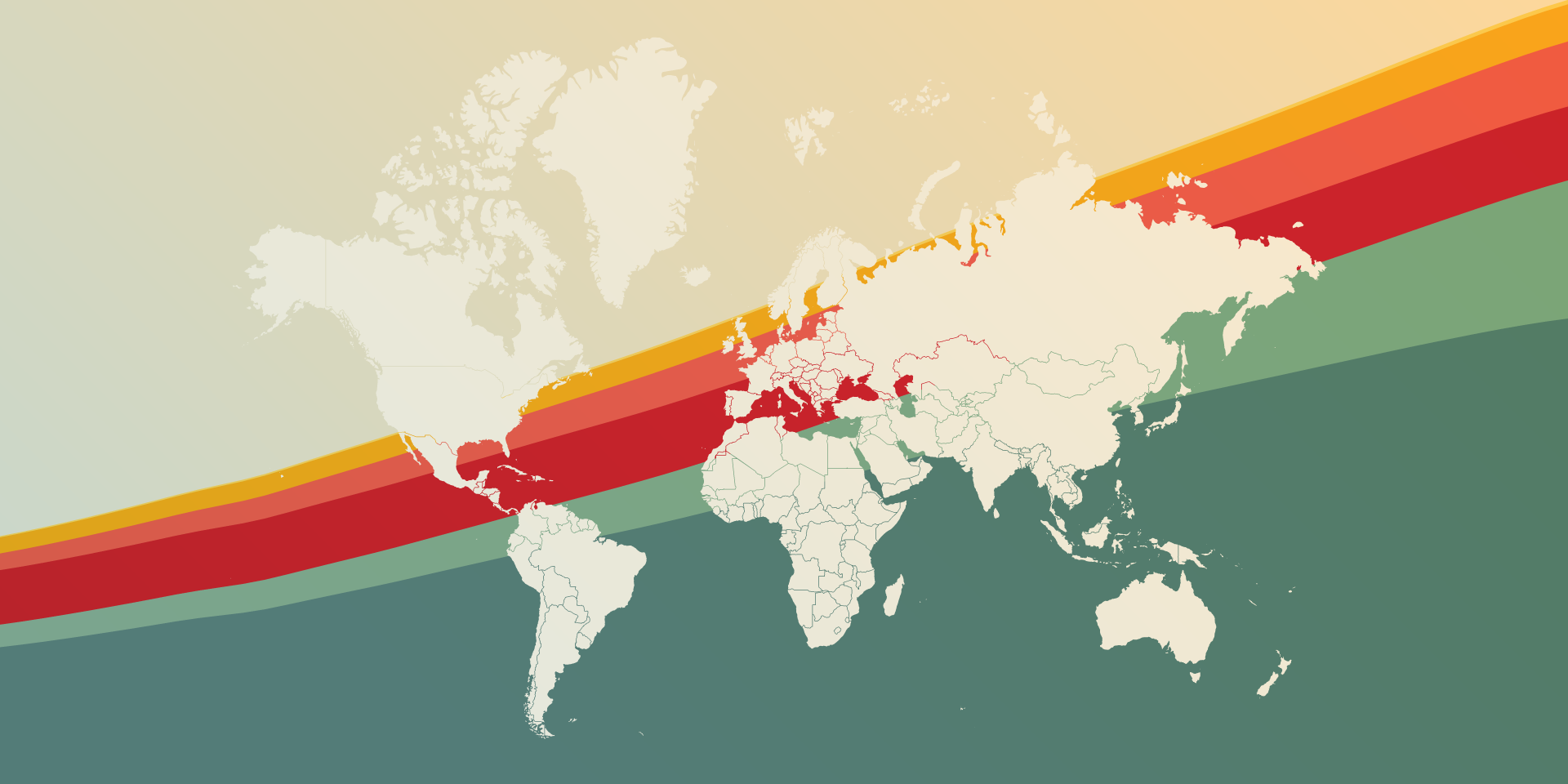(Click to enlarge)
In the long term, demographics affect geopolitical trends and the behavior of states. Population size has implications for public pension systems, economic growth, food demand and more.
In November, the world’s population is expected to reach 8 billion, before climbing to 9.7 billion in 2050. India will also soon overtake China as the most populous country. However, global population growth is slowing. Two-thirds of the population have a lifetime fertility below the 2.1 per woman needed to sustain population growth. That said, longer lifespans also make a significant contribution to global population growth. There are approximately 771 million people over the age of 65, a triple of 1980. This figure is expected to increase in the coming years, especially in East Asia, Southeast Asia, Europe and North America.
It is also important to note the different trends around the world. The Baltic and Balkan states, along with Japan, account for the 10 largest population declines in the coming years, ranging from 16% to 22%. Sub-Saharan Africa, meanwhile, will account for more than half of projected global population growth by 2050. Countries leading global growth include the Democratic Republic of Congo, Egypt, Ethiopia, India, Nigeria, Pakistan, the Philippines and Tanzania. .

